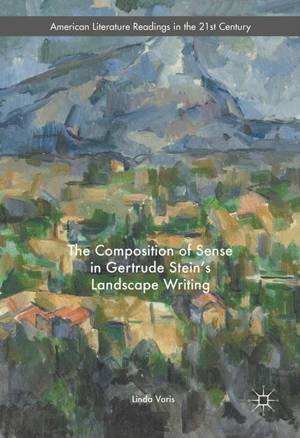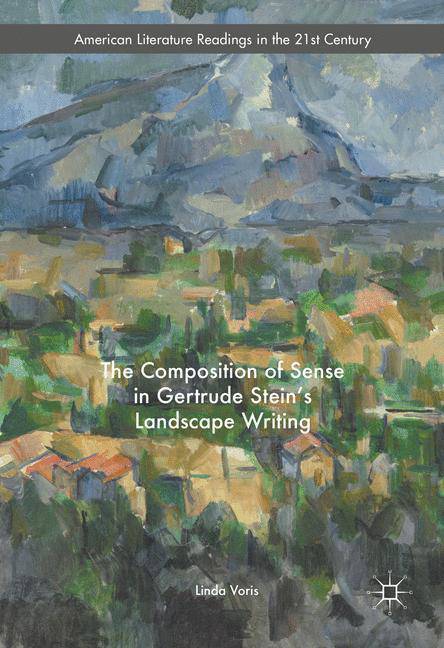
- Afhalen na 1 uur in een winkel met voorraad
- Gratis thuislevering in België vanaf € 30
- Ruim aanbod met 7 miljoen producten
- Afhalen na 1 uur in een winkel met voorraad
- Gratis thuislevering in België vanaf € 30
- Ruim aanbod met 7 miljoen producten
Zoeken
The Composition of Sense in Gertrude Stein's Landscape Writing
Linda Voris
€ 94,95
+ 189 punten
Uitvoering
Omschrijving
This book offers a bold critical method for reading Gertrude Stein's work on its own terms by forgoing conventional explanation and adopting Stein's radical approach to meaning and knowledge. Inspired by the immanence of landscape, both of Provence where she travelled in the 1920s and the spatial relations of landscape painting, Stein presents a new model of meaning whereby making sense is an activity distributed in a text and across successive texts. From love poetry, to plays and portraiture, Linda Voris offers close readings of Stein's most anthologized and less known writing in a case study of a new method of interpretation. By practicing Stein's innovative means of making sense, Voris reveals the excitement of her discoveries and the startling implications for knowledge, identity, and intimacy.
Specificaties
Betrokkenen
- Auteur(s):
- Uitgeverij:
Inhoud
- Aantal bladzijden:
- 264
- Taal:
- Engels
- Reeks:
Eigenschappen
- Productcode (EAN):
- 9783319320632
- Verschijningsdatum:
- 21/10/2016
- Uitvoering:
- Hardcover
- Formaat:
- Genaaid
- Afmetingen:
- 148 mm x 210 mm
- Gewicht:
- 489 g

Alleen bij Standaard Boekhandel
+ 189 punten op je klantenkaart van Standaard Boekhandel
Beoordelingen
We publiceren alleen reviews die voldoen aan de voorwaarden voor reviews. Bekijk onze voorwaarden voor reviews.











